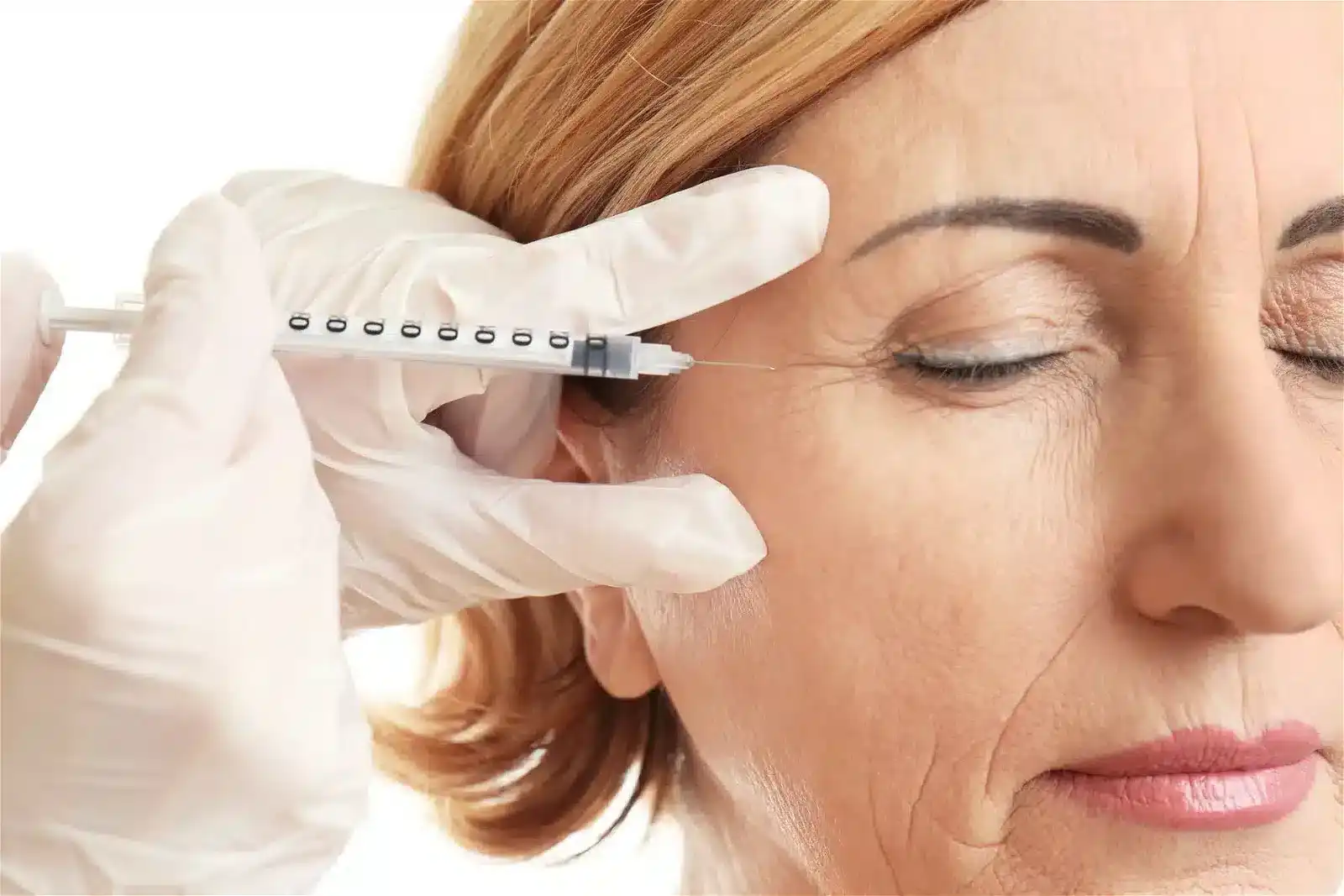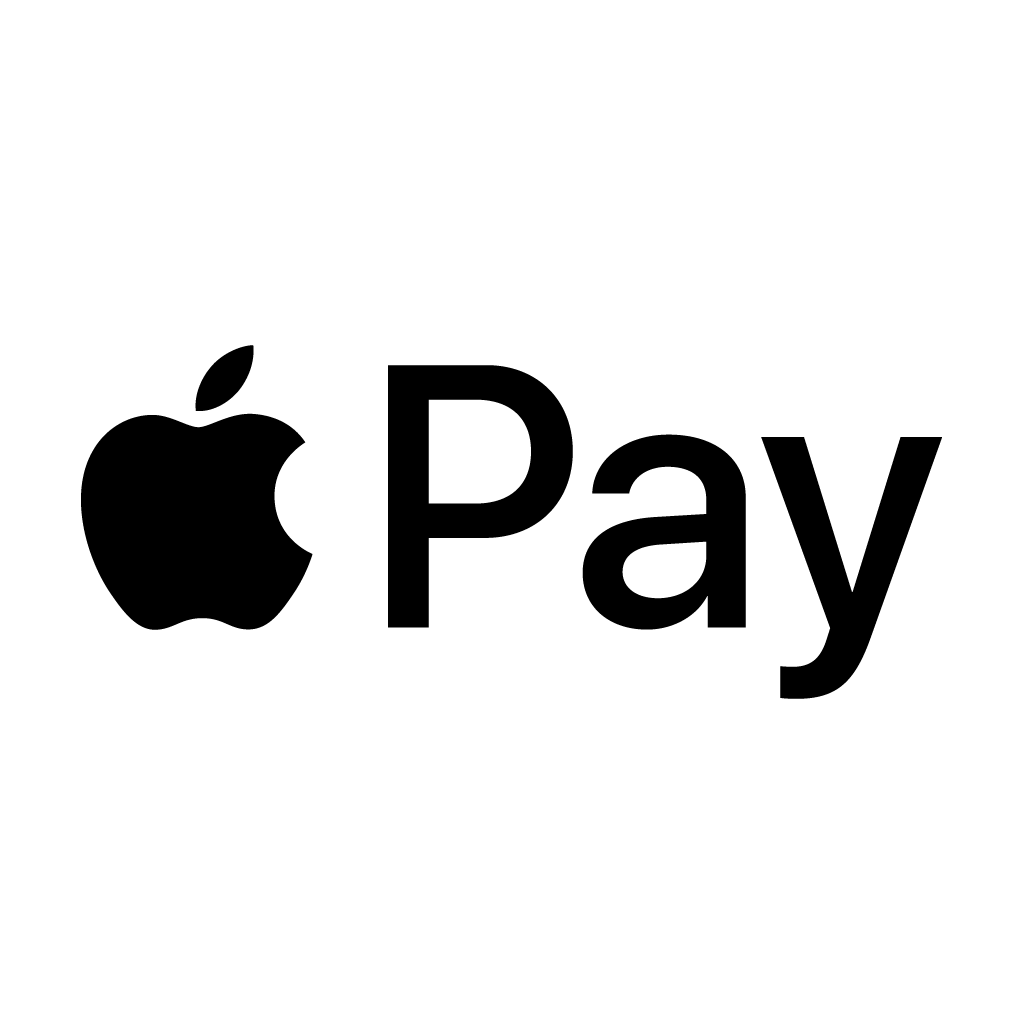
15 Key Botox Statistics and Facts To Know
David Fuller
Last Updated On: October 15, 2024
In the realm of aesthetic enhancements, few treatments have captured the public’s attention quite like Botox. It has been mentioned in many popular TV shows and films, and with each mention, its popularity soared, slowly cementing its place in pop culture and in our minds.
Still, despite the widespread fascination, not many people know just how impactful Botox is, how often it’s used, who uses it the most, or even where it originated. Today, we will review some key Botox statistics and find the answers to those questions.
Botox Market Stats
In today’s ever-evolving world of aesthetics and beauty, few products have left as profound a mark as Botox. To truly grasp the magnitude of its influence and success, one need only delve into the Botox market.
1. Botox’s market size is $7.23 billion.
(Fortune Business Insights)
What once started as a medicine for strabismus is now a multibillion-dollar industry catering to medical and cosmetic needs. It’s a lucrative business with a market size of $7.23 billion, and it’s projected to rise to $10.62 billion by the end of 2030 at a CAGR of 5.1%.
When looking further at market share statistics for Botox, we can see that North America has the biggest share and a market revenue of $4.77 billion. It’s followed by Europe, which sits firmly in second place and spends a lot more money on R&D of new products that play a crucial role in market growth in the region. The Asia Pacific region is expected to generate a higher CAGR than any other region, eventually surpassing Europe and maybe even North America.
2. Only around 7% of the Botox market caters to males.
(Global Market Insights)
The male segment of the Botox market remains relatively small in comparison to the dominant female one, which comprised 93.1% of the market in 2021. Nonetheless, there is a notable upward trend in Botox procedures being sought by male patients, so we can expect this pattern to slowly shift in the upcoming years.
3. The total revenue from Botox in the US is almost $1.5 billion annually.
(Statista)
Botox stats show that Botox treatments are the most profitable non-surgical procedures in the US, earning $1,493,800,000 per year. They’re closely followed by dermal fillers with $1,423,300,000. If we combined all the other treatments, their combined popularity wouldn’t come even close to these two. To give you some perspective – fat reduction treatments were the third most popular procedure, making “just” $377 million in 2021.
4. The average cost of a Botox procedure in the US is $466
(American Society of Plastic Surgeons)
Be aware that this is just an average. The treatments can vary a lot depending on the state, the clinic, and the number of units required for a procedure.
Botox Usage Statistics
The widespread embrace of Botox reflects a notable cultural shift toward non-surgical cosmetic enhancements. From renowned celebrities to ordinary individuals, the demand for Botox is rising globally.
1. Nearly 1% of the Earth’s population underwent Botox treatment in 2021.
(The International Society of Aesthetic Plastic Surgery)
While 1% may not appear impressive at first glance, consider that the Earth’s population is 7.8 billion people. Specifically, 7,312,616 documented Botox procedures were performed worldwide in 2021, an increase of 17.7% compared with the previous year.
Altogether, there have been 17,598,888 registered non-surgical procedures, of which 41.6% were for Botox, followed by hyaluronic acid dermal fillers, which make up 30% or 5,279,344 performed procedures.
2. There have been 3,651,233 Botox procedures in 2021 in the US alone.
(Statista)
You may be wondering how popular Botox is in the US. It’s enough to say that roughly half of all the world’s Botox procedures are done in the US. It is the most popular non-surgical procedure in the States, followed by dermal fillers, with 1,857,339 procedures annually.
3. Patients typically undergo Botox treatments every four months.
(Advanced Dermatology Center)
Nothing lasts forever, including Botox. Therefore, patients who want to maintain their rejuvenated looks after the Botox treatment must have regular touchups. So, how often do people get Botox? Initially, treatments are typically scheduled every four months. However, some patients used to regular Botox treatments may require less frequent maintenance as their muscles adapt.
4. 96% of Botox patients are satisfied with their results.
(Statista)
Even though Botox treatments require regular touchups, that is not a problem since nine out of ten patients reported that they would do them again. This high satisfaction rate underscores the positive impact of Botox treatments on the patient’s confidence and appearance, making it a trusted choice for many seeking non-invasive rejuvenation.
Botox Demographics
When considering Botox, there is a common misconception that it is predominantly favored by celebrities. However, this notion is considerably distant from reality. Botox treatments are readily available to a wide range of individuals and are mostly sought after by middle-aged women. So, let’s take a look at some demographic statistics.
1. Females make up the majority of Botox patients (85.5%).
(The International Society of Aesthetic Plastic Surgery)
How many women get Botox treatments? In 2021, 85.5% (6,252,548) of all Botox treatments were administered to females, while males accounted for 14.5% (1,060,068). While females still constitute the majority of recipients for non-surgical cosmetic procedures, there has been a noticeable rise in male non-surgical procedures in recent years. A trend that is expected to rise in the following years.
2. Most Botox patients are between 35 and 50 years of age.
(The International Society of Aesthetic Plastic Surgery)
While the use of Botox as a preventive measure is on the rise, and the average age for Botox patients is expected to shift towards a younger audience, for now, the biggest patient age group is between 35 and 50 years, compromising 47.2% of all the patients worldwide. Diving into the details, we see that the age distribution of patients is as follows:
- 18 years or younger: 1.5% (106,033)
- 19-34 years: 24.2% (1,767,459)
- 35-50 years:47.2% (3,450,092)
- 51-64 years: 23.1% (1,690,677)
- 65 years or older: 4.1% (298,355)
3. Caucasians make up the majority of US Botox patients.
(American Society of Plastic Surgeons)
In the US, statistics have shown that very few BIPOC patients undergo cosmetic procedures. In relation to Botox exclusively, the statistics explain that Caucasians comprise a substantial 82% of the total Botox patients. This group is followed by Hispanic patients at 7%, African Americans at 4%, Asians and Pacific Islanders at 4%, followed by patients from other ethnic backgrounds at 3%.
4. 79% of Americans know what Botox is.
(Statista)
How common is Botox? It’s so common that 79% of surveyed Americans know about it. Of those, 6% have already done it, with 9% expressing interest in doing it in the near future. Only 21% didn’t know what Botox was at all.
Botox History
Botox didn’t achieve its success overnight. It took decades for it to become the star of the aesthetic industry we know today, and it all started with a rather serious case of food poisoning in Belgium.
1. Botulinum was first discovered in 1897.
(National Library of Medicine)
The now-famous neurotoxin was discovered by the Belgian bacteriologist Emile Pierre-Marie van Ermengem following the poisoning of 34 Belgian musicians who had consumed tainted smoked ham. Emile van Ermengem was able to isolate the culprit, which he named bacillus botulinum after the Latin word for sausage, botulus.
2. Botox was first used to treat strabismus.
(National Library of Medicine)
It took almost a century for botulinum toxin to become useful in medicine. So, why do people get Botox? Well, at first, it wasn’t called Botox at all, and it was first used to deal with strabismus and blepharospasm.
In 1989, ophthalmologist Alan Brown Scott successfully secured FDA approval for Oculinum, a product harnessing botulinum toxin for treating strabismus and blepharospasm. In 1991, he sold the rights to the drug to Allergan, which rebranded it as Botox. Today, Botox has both medical and cosmetic uses.
3. Accidentally, people started using Botox to treat wrinkles.
(Reader’s Digest Canada)
Dr. Jean Carruthers, who had previously worked with Dr. Scott, used Oculinum to treat a patient with blepharospasm even before it received FDA approval. The patient started to notice that their wrinkles disappeared after the treatment and asked if they could also get a dose for their forehead.
The medical community was horrified by the idea, but with the help of her husband, dermatologist Dr. Alastair Carruthers, Jean released their first research paper in 1991, the same year Allergan bought the rights to Oculinum.
Conclusion
Botox statistics and facts we covered in this article offer us a glimpse into the profound impact the product has had on the cosmetic and medical industries, its widespread popularity, and evolution from a medical treatment to a rejuvenation phenomenon. As we continue to witness its growing popularity, it’s clear that Botox’s influence on our perception of beauty and aging is far from over.
FAQ
What percentage of the population gets Botox?
One percent of the Earth’s population has regular Botox treatments.
How often does the average person get Botox?
Approximately every four months.
Is Botox becoming more common?
Not necessarily more than it already is. According to recent Botox statistics, it is currently the most popular cosmetic treatment in the world.
Sources:
American Society of Plastic Surgeons
Reader’s Digest Canada
Products
Cart
Log In
Newsletter
Subscribe for exclusive offers and updates on new arrivals
Share feedback at:
Working Hours
MON - SUN 9AM to 6PM EST
The Most Popular Brands
Med Supply Solutions
Support
Secure checkout is guaranteed with full adherence to PCI DSS payment standards.
Products listed here are guaranteed authentic and manufacturer-sourced.
Pay easily with trusted providers


Copyright 2025. Med Supply Solutions